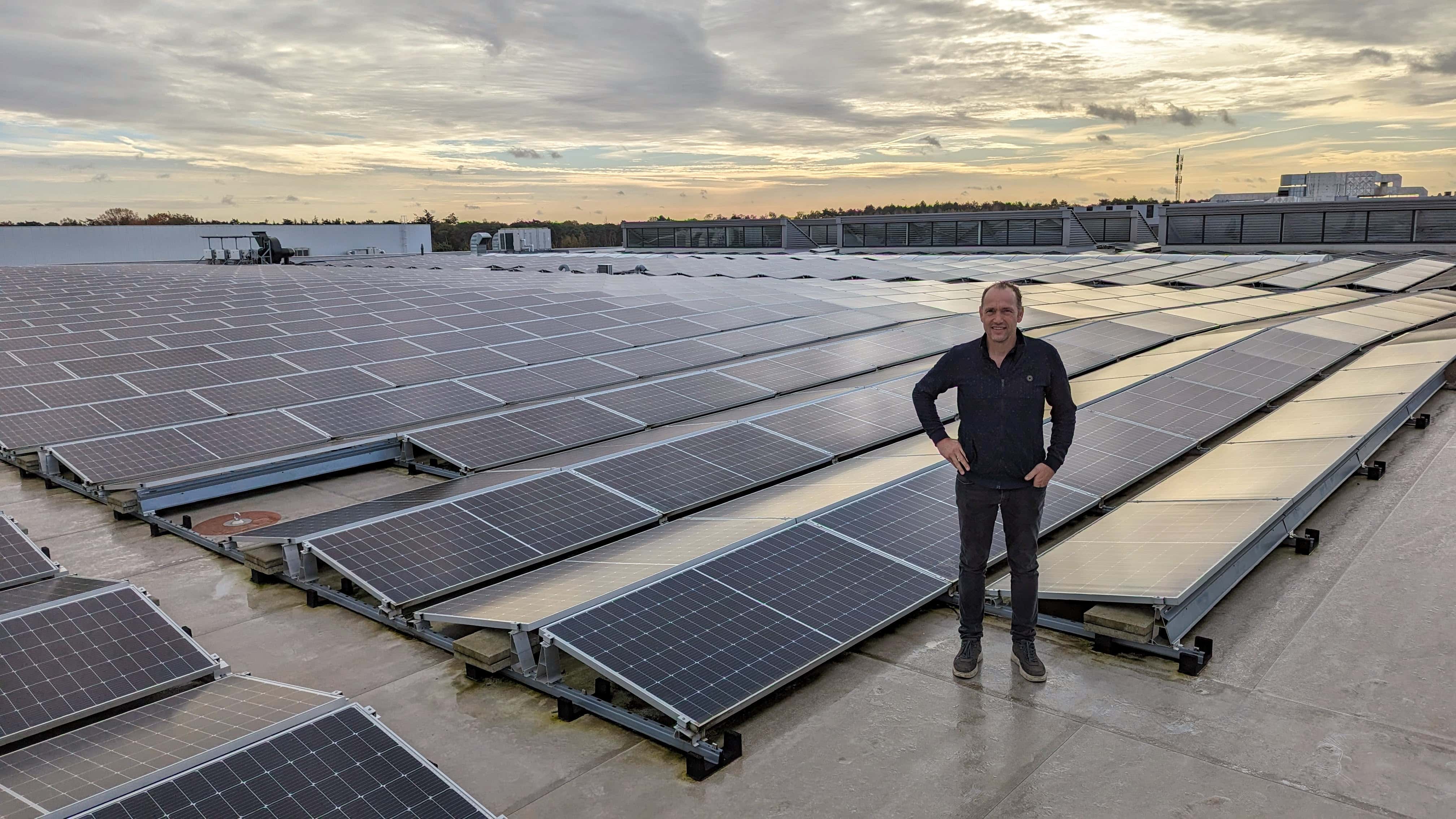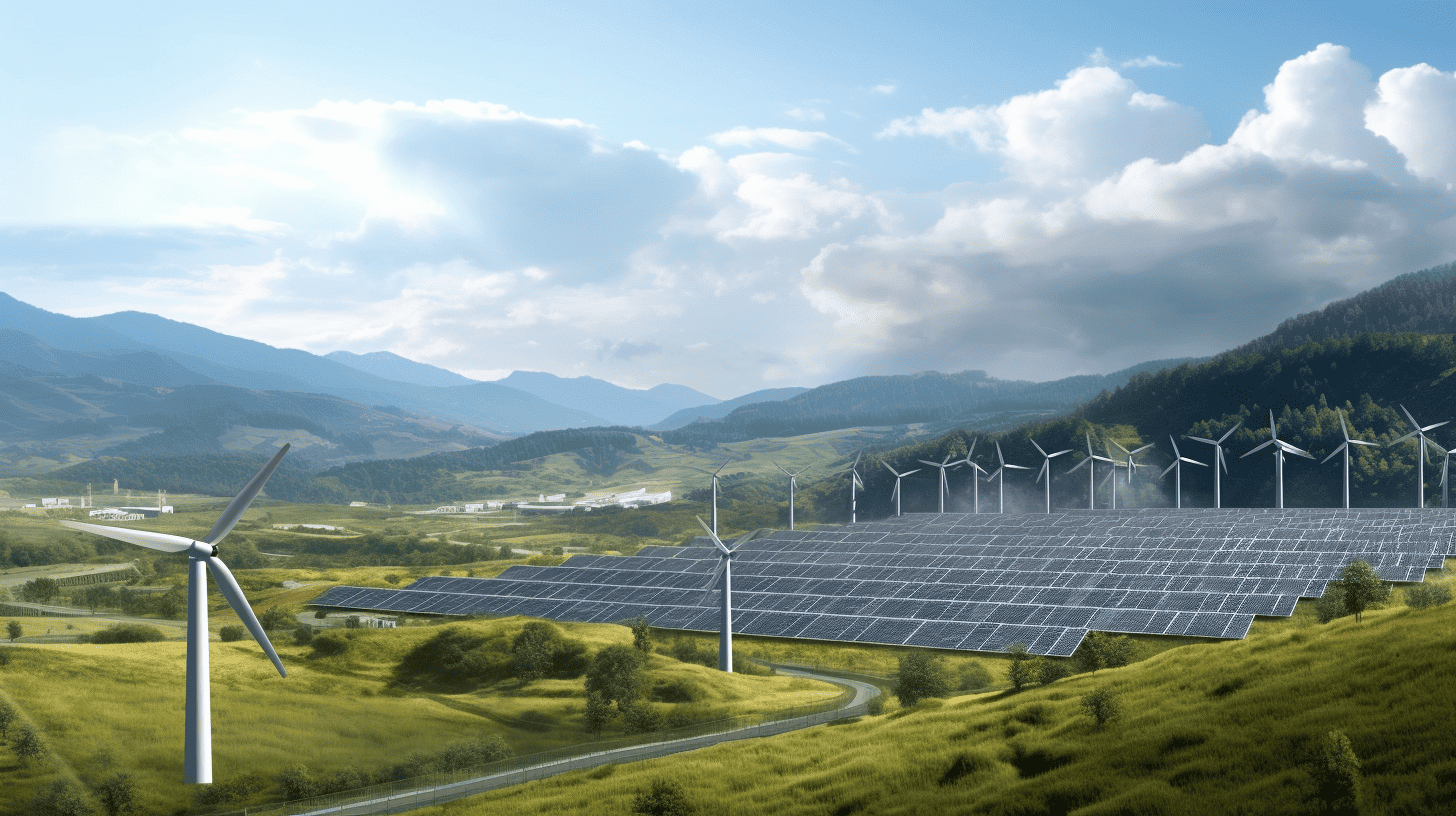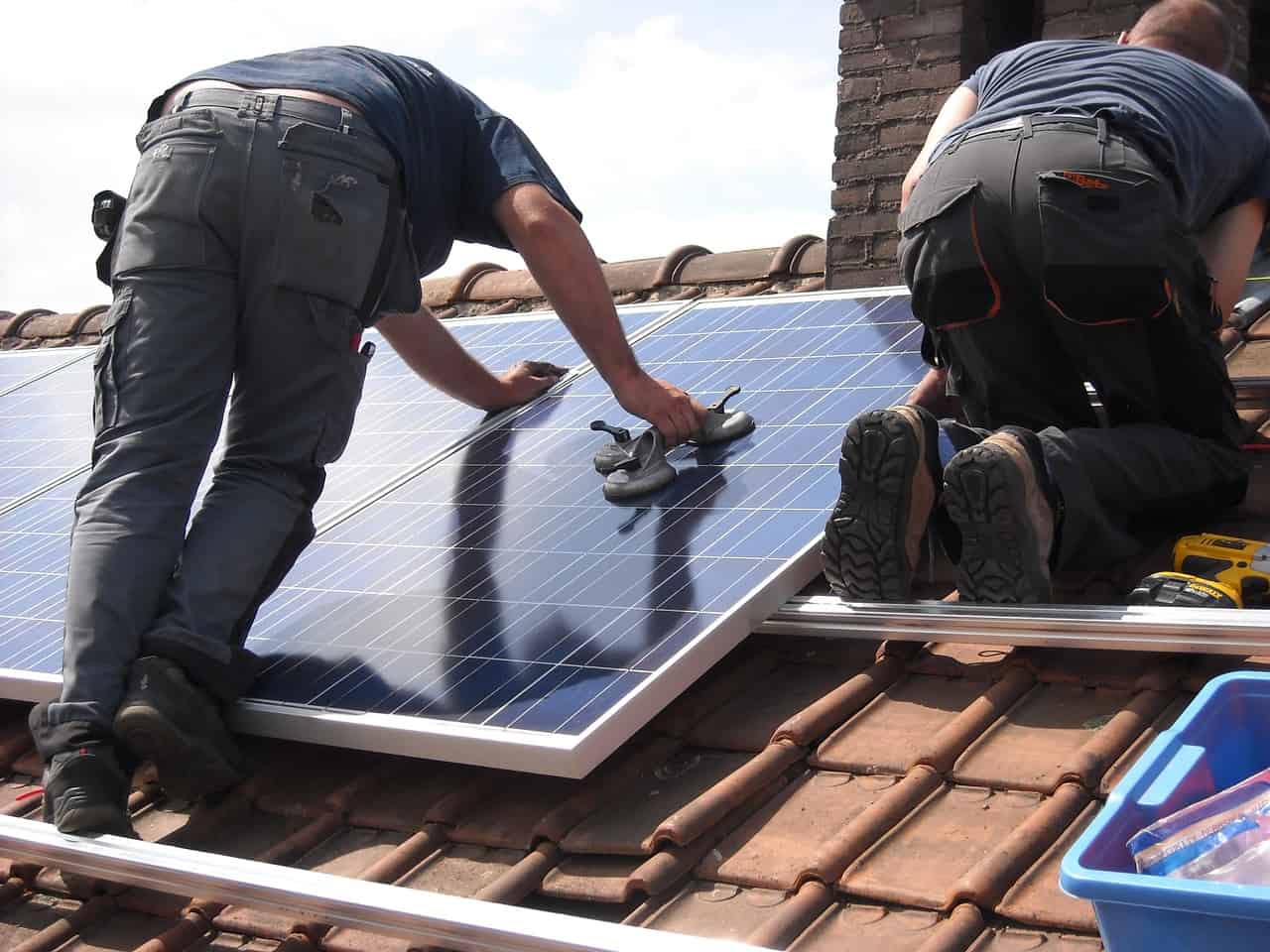
In 2023, several European countries broke their previous renewable energy records amid reduced Russian gas supplies, causing a prominent shift to other power sources. Portugal covered 61 percent of its energy needs through renewables, over half of the electricity consumed in Germany came from green sources, and the amount of fossil-derived electricity produced in the United Kingdom also fell sharply. The list can go on, and albeit with less impressive numbers, the year that just passed by was also an important one for green power in the Netherlands.
During the last year, 13 percent more renewable energy was generated in the Netherlands than in 2022. Wind and solar energy are the main sources, with biomass also producing a considerable share. This improvement aligns with the goals set by the Energy Agreement for Sustainable Growth of 2013. The bill envisioned reaching 16 percent of energy generation from green sources. The share is now almost 17 percent, according to the Nationaal Klimaat Platform, enough to power the provinces of North Holland and Friesland.
Why you need to know this
In 2023, the Netherlands met its renewable energy generation goal for the year set a decade before. Although much still needs to be done, last year, positive signals came from the country and the rest of Europe.
Soaring solar power
In the past twelve months, around half of the electricity consumed in the Netherlands – compared to around 41 percent in 2022 – came from renewable sources. Driven by residential installations, solar power is increasingly important in the Dutch energy mix. Solar was behind 17.6 percent of the total electricity generation, with onshore wind providing slightly over fifteen percent. The biomass share remained similar, supplying 7.3 percent of the total electricity.
According to a Solar Power Europe report, the Netherlands ranks fifth in Europe per solar panel installations, with 4.1 GW added in 2023. This figure contributes to making the Netherlands the country with the highest solar capacity per capita, with over a thousand watts of solar panels installed per capita. The same association warns that 2024 will bring slower installation growth, following three years of over forty percent growth rates.
Largest wind tender to be soon launched
Combining onshore and offshore turbines, the Netherlands’ main source of green power is wind. Specifically, the country can now count on 6.8 GW of inland windmills and 4.7 GW of installed sea turbines – over the 4.5 GW threshold set by the 2013 agreement. December 24 was the day with the highest energy production of the year, with 210,000 MWh of power generation, covering seventy percent of the electricity demand of that day. By contrast, February 12 was the day with the lowest output, with wind power satisfying only half a percent of the country’s demand.
With the Hollandse Kust Noord wind farm operational by the end of December, the largest tender to date for offshore wind farms will be launched at the end of February. The auction will concern the IJmuiden Ver wind energy area, involving two plots accounting for four GW. Located sixty kilometers off the coast, the government expects the plots to be operational by 2030.
Negative prices and declining demand
In 2023, more renewable electricity was generated more often than the country needed and could export. When this happens, it translates into negative prices in the electricity markets, meaning that power suppliers pay their wholesale customers to buy power. Last year, well over 300 hours with negative prices were recorded; in 2022, these were 85.
Moreover, Dutch electricity demand fell by five percent in the last year after being stable for years. Although such demand is expected to grow in the near future, so will the solar and wind energy capacity. Therefore, the importance of reliable storage solutions becomes higher amid renewables inconsistency and grid stability concerns.

Progresses in Germany, Belgium, and the UK
The last twelve months have also been important for the neighboring countries. In many ways, 2023 has been a historical year for Germany. It shut down its last operating nuclear reactor, pushing harder for renewables deployment. At the same time, less coal was used, achieving the lowest levels of CO2 emissions in seven decades – although official numbers will be available in March and are influenced by declining industrial production. 52 percent of the electricity consumed in Germany came from renewable power, pushed by 14 GW of solar installations, seven of which were added to the residential sector. Yet, although wind tenders reached a 6.4 GW record, the figure was way lower than Berlin’s ten GW target of new yearly onshore capacity by 2030.
For the first time in Belgium, renewable sources produced more energy than fossil ones. Over thirty percent of the country’s energy mix came from green sources, reported De Standaard, slightly more than the amount generated through fossil fuels. Wind and solar alone accounted for 27.7 percent of the Belgian electricity production, increasing remarkably from 19.5 percent of the previous year. Nuclear energy covered the remaining amount as less power was generated overall.
According to Carbon Brief, the amount of UK electricity generated from fossil fuels dropped by 22 percent compared to 2022 – the lowest level in 66 years. With renewables gaining traction and only one operating coal plant, fossil fuels-derived electricity has fallen by two-thirds after peaking in 2008. Renewables supplied 43 percent of the electricity consumption, with nuclear also providing low-carbon power. However, the UK relied more on imports from France and Norway and saw the demand fall trend progressing. With more milestones to be completed, the Netherlands and Europe hope to keep the momentum going.







